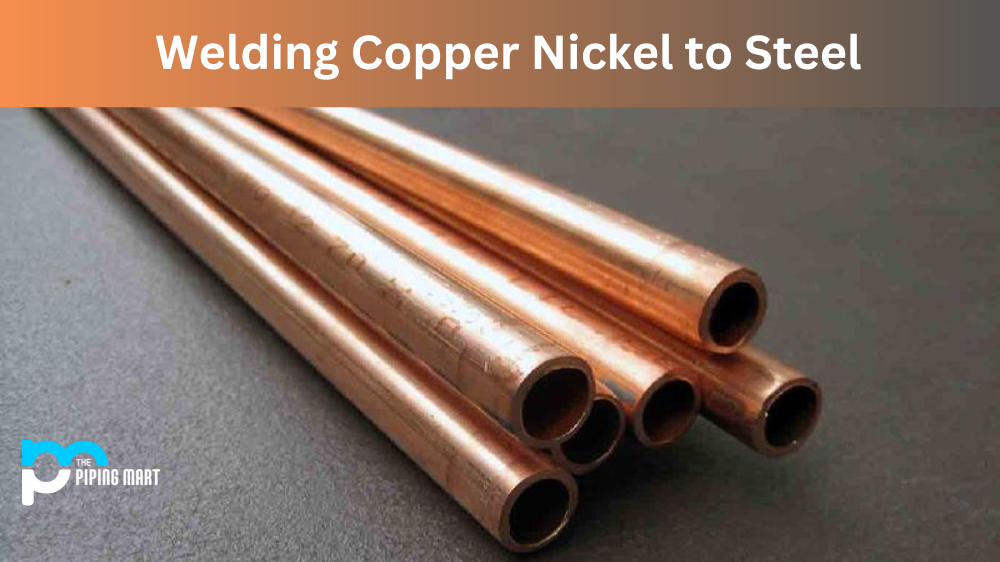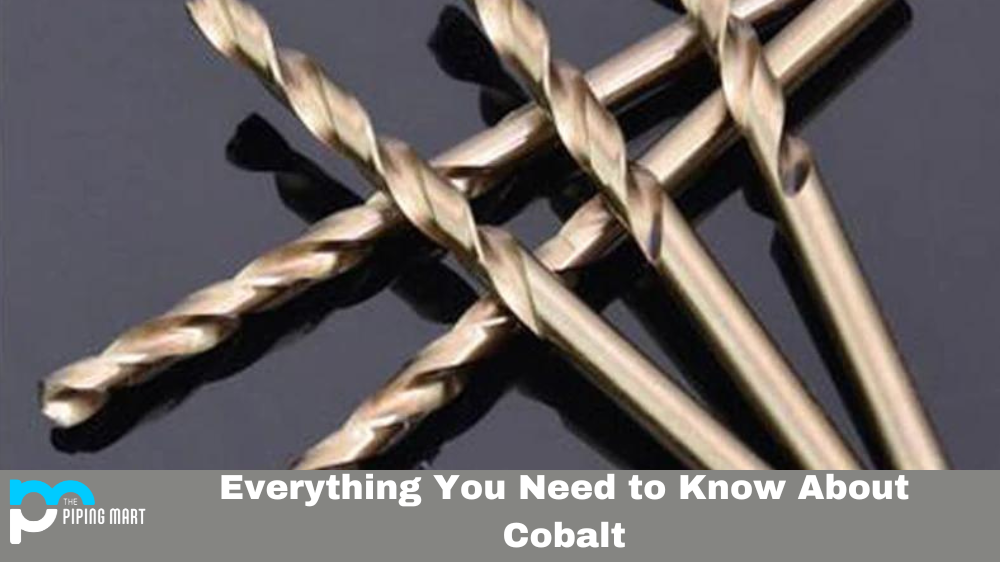Copper is one of the most used metals in the world and has been around for centuries. It is malleable, ductile, and an excellent conductor of electricity and heat, making it a valuable resource. However, copper can be challenging to extract from low-grade ores due to its low concentration. That’s why it’s essential to understand which ones are best for extracting copper so that mining operations can be efficient and successful.
Process of Extracting Copper
Open-pit mining
Open-pit mining is the most common method used to extract copper from low-grade ore. The process involves digging a large pit in the ground and then extracting the copper-bearing rock from the pit. The copper-bearing rock is then crushed and ground into a powder. The copper is then separated from the rest of the rock and concentrated.
Heap leaching
Heap leaching is another common method used to extract copper from low-grade ore. The process involves placing the ore on a lined pad and then sprinkling it with a solution that contains sulfuric acid. The acid leaches the copper out of the ore and into the solution, which is then collected and processed to concentrate the copper.
Solvent extraction
Solvent extraction is a third method used to extract copper from low-grade ore. The process involves mixing the ore with a solvent, such as organic solvent, and then separating the copper from the rest of the mixture. The copper is then concentrated and processed for further use.
Electrowinning
Electrowinning is a fourth method used to extract copper from low-grade ore. The process involves passing an electric current through a solution containing dissolved copper, which causes the copper to be deposited onto an electrode. The Copper-bearing solution is then concentrated and processed for further use.
Smelting
Smelting is a fifth method used to extract copper from low-grade ore. The process involves heating the ore in a furnace to convert it into Copper oxide, which is then reduced to Copper metal by passing an electric current through it
Chief Ore of Copper
The chief ore of copper is chalcopyrite (CuFeS2). This ore is found in many different forms worldwide but is most commonly found as a crystalline mineral. It is yellow-green with a metallic luster and can sometimes contain other metal sulfides such as pyrite or galena. The metal content of this ore ranges from 30% to 80%. Because of its high copper content, this one is ideal for extracting pure copper metal.
List Of Copper Ores
In addition to chalcopyrite, several other copper ores are often mined for copper production. These include malachite (CuCO3OH2), bornite (Cu5FeS4), cuprite (Cu2O), and azurite (Cu3(CO3)2OH2). Each one has its unique composition and set of properties, making them suited for certain extraction processes. For example, malachite is easily broken into tiny particles, making it suitable for leaching processes like heap leaching or bioleaching. At the same time, bornite requires more energy-intensive methods like smelting or roasting before it can be processed further.
Conclusion:
Low concentration levels can make copper extraction from low-grade ores complex and time-consuming. That’s why it’s important to understand which types of ores are best suited for extracting pure copper, such as chalcopyrites, and other ores, like malachite, bornite, cuprite, and azurite. By understanding the properties of these common copper ores, you will be better equipped to decide what kind of extraction method will yield the best results for your specific mining operation needs.

Meet Bhavesh, a seasoned blogger with a wealth of knowledge and experience. From metal products manufacturing to retail, Bhavesh has a diverse background in various industries and is dedicated to sharing his insights and expertise with readers.




